After Being Rescued From Abuse, This Resilient Rescue Uses Sniffspot for Mental Stimulation

“He’s a really good guy, he really is,” Sadaf says of her young Malinois, Shaun, who she lovingly describes as a goofy jock. Shaun loves to chase his soccer ball so much his trainer once remarked that he should be on her soccer team. Time outdoors and an outlet for his athleticism was one of the reasons their trainer recommended Sniffspot to Sadaf. He also needed plenty of space to relax and explore, as city life in Seattle can be stressful for him.
Shaun is not Sadaf’s first rescue with a traumatic background, but his reactivity has led her to adopt some new habits along with her special guy.
“I wasn’t in the market for another dog…”
Sadaf had fostered a number of dogs rescued from the meat trade, but she wasn’t looking to adopt another dog when she happened upon Shaun’s story on Instagram.“The resilience and the ability to forgive is what caught me.” The first videos and photos Sadaf saw of Shaun were of his mangled, bleeding face and body after he and his guardian were attacked with a machete near their home in Morocco. Through his pain, he did not appear fearful or aggressive toward the people trying to help him. Shaun’s resilient spirit drew him to Sadaf, as she worked to bring him to Seattle, Washington from his foster home in Indianapolis, Indiana.
Throughout his ordeal, Shaun did not display reactivity toward people or dogs, until that trip from Indiana to Washington. Sadaf believes something really frightening happened to him, describing him like a Tazmanian devil as he barked and spun inside of his crate at the other crated dogs when she went to pick him up. After three reconstructive surgeries to help with the extensive injuries he sustained during the machete attack, Shaun also became reactive toward some humans.

It’s not surprising that Shaun suffers from PTSD after all he’s been through, but Sadaf is working hard to understand and meet his needs as they work with veterinarians and trainers to help him with his fears. Although she grew up with dogs, one of which struggled with some reactivity, and has only ever adopted dogs from shelters or rescues (some of which have their own harrowing stories) she says that Shaun is “by far the most challenging dog I’ve ever had.” But Sadaf takes it all in stride, explaining “it’s okay…this is what I’m supposed to be doing right now.”
When Sadaf’s previous dog, Dina (now passed), a dog meat trade survivor from Taiwan, who was confident and curious, started having seizures and becoming wary of humans, her trainer recommended nosework as mentally stimulating activity. Along with his behavior adjustment training (BAT) with the fabulous Ahimisa Dog Training in Seattle, Shaun and Sadaf also practice nosework, and use the Sniffspots they frequent to play soccer and set up items for Shaun to track.
A typical Sniffspot visit
Shaun’s trainer suggested Sadaf forgo neighborhood walks with him when it became apparent he was struggling, and instead book Sniffspots several times a week.
When they arrive, Shaun engages with his soccer ball, which he loves to chase. Though they have a backyard where Shaun can play, Sadaf likes to find Sniffspots with different terrain where he can both run in the open and explore the surrounding vegetation.
Between online classes with the Fenzi Dog Sports Academy and time with their trainer, Sadaf and Shaun have learned about nosework and tracking. After his soccer session, Sadaf hides items in the available structures and vegetation for Shaun to find.
“He gets the mental stimulation that he needs…by going to these different Sniffspots. We have our favorites, and then we add new ones.” Seattle has many options, but Sadaf looks for spots with no humans or dogs visible. Ideally the spot does not have street parking, which is hard for Shaun due to his reactivity.
Sadaf enjoys her neighborhood walks with her other dog, Mokha, another meat trade survivor from Taiwan.

Lessons in reactivity
Walking with a reactive dog is stressful. Navigating their triggers to limit exposure and ensure they have as many positive interactions with the world around them as possible puts you on high alert, a feeling that Sadaf became familiar with: “I’m a pretty calm person, but even the thought of taking him out became dreadful for me.” She’s honest about the reality of her dog’s many triggers, “I can’t even take Shaun in front of our house.” Before she knew about Sniffspots, Sadaf would walk Shaun during off hours, but even then they would encounter triggers. “Little did I know, walking him at 4:30 in the morning, he was getting worse, and I was getting anxious,” she goes on to say “it was not pleasant for anyone involved.”
Their reactions may be big, Sadaf recalls an incident where Shaun dragged her down the street after seeing an off-leash German Shepherd, but reactive dogs are still good dogs. When asked about Shaun’s personality, her response was immediate. “He’s a big goofball. He’s really happy.” Outside of their home, Shaun has a hard time with some people, but inside of his comfort zone, Sadaf says “whoever comes to our house…they’re his BFFs.”
Although his reactivity is toward dogs and some people, Shaun is able to react neutrally to goats, donkeys, chickens, and other farm animals he has encountered in the spacious Sniffspots Sadaf books, and she sees these encounters as very enriching learning opportunities.
Learning to adapt
In her quest to provide her dogs with fulfilling activities that suit their very different personalities and needs, Sadaf occasionally brings her eager learner Mokha along to train while her jock Shaun chases a soccer ball. “I’m learning to adapt to what his needs are,” she mentions while discussing the challenges of life with a dog like Shaun.
Each dog who struggles with reactivity is a complex, sentient, emotional being deserving of love and compassion. But you could say the same for any dog, regardless of their life experiences. Every one of them deserves opportunities to explore and engage in environments and activities that benefit their mental and emotional well-being. It just takes more planning for some.
Most recent articles
Related articles
Top dog guides per area
Dog training guides

How to Deal With Food Aggression in Dogs (Facts + Infographic)
Does your dog ever growl when you walk by their food dish? Maybe they get possessive of treats, carrying them far away and giving you side-eye when you start to approach — or snarling at your other pets or children if they get too close.

Comprehensive Guide to Scent Training for Dogs (Facts + Infographic)
As almost every dog owner is aware, the nose of a dog is an amazing thing. Just as they can pick up sounds we can’t hear, their sense of smell and ability to pick up scents is well beyond ours. In fact, dogs have 40 times the number of olfactory receptors as humans.

How Much Does it Cost to Train a Service Dog?
More than 80 million Americans rely on their service dogs to help them navigate the world. Task-trained assistance animals perform a huge range of life-changing—in many cases, life-saving—services: These dogs act as eyes for visually impaired handlers, provide mobility support, alert to seizures and blood sugar crashes, interrupt anxiety attacks, remind their people to take medications, and so much more.

What is and How to Handle Potty Training Regression
You thought your dog was house trained. Your home was clean from puddles of pee, those dreaded middle-of-the-night bathroom breaks were behind you, and you loved every minute of dog ownership… until your four-legged best friend started using the bathroom inside again. What’s going on?

Coprophagia: Why Does Your Dog Eat Poop?
Ah, poop. We humans think it’s disgusting… but many of our dogs seem to love the stuff. If you’re wondering why your canine companion tries to eat feces (either their own or that of other animals) you’re not alone!
Dog enrichment guides

The Best Dog Water Parks in the United States
Do you have a water-loving dog looking to burn some energy? There are countless dog parks to visit throughout our country — but some of them become far too hot in the midday sun to be safe for your pets to play. That’s why we’ve put together a list of some of the best dog water parks throughout the United States! At these locations, your pup can frolic, splash, and swim to their heart’s content.

Best Toys for Herding Dogs
* All Sniffspot articles are reviewed by certified trainers for quality, please see bottom of article for details *

The Best Dog Toys for Aggressive Chewers (Facts + Infographic)
Does your dog destroy every toy you give them? Is your house littered with remnants of fabric and stuffing of all different sizes? Are you tired of investing in “indestructible” toys only for your pup to still dismantle—or worse, get bored of—them in just a few days?

Dog Exercise Calculator: How Much Exercise Does Your Dog Need?
You’ve been told your dog needs regular exercise. There’s a reason “walking the dog” is a classic daily activity: Frequent excursions give your pup a chance to experience the world, maintain a healthy weight, and — most importantly — spend time with you! Consistent physical activity can also improve their strength, muscle tone, coordination, and mental ability over time.

Complete Guide To Herding With Dogs
* All Sniffspot articles are reviewed by certified trainers for quality, please see bottom of article for details *
Dog reactivity guides

Rottweiler Aggression: Signs, Causes, and How to Handle It
Many dogs have gotten a bad reputation over the years for being "dangerous breeds." Rottweilers are among them. Like pit bulls and other large, blocky-headed types of dogs, these powerful and beautiful animals are often assumed to be aggressive.

Dog Reactivity Chart: Understand and Fix Dog Reactivity
Your dog is reactive. They’ll see another dog, person, or other stimulus in the environment (like a car or bike) while out on a walk and suddenly go crazy at the end of their leash. The barking, lunging, and growling feels embarrassing for you — and it’s clear that your pup isn’t having a great time either.

How to Socialize Your Reactive Dog
Does your dog display reactivity to other pets or people? Maybe they’re a new rescue pup and are still settling into your home. Or they were sick growing up, so you missed their critical socialization period. Possibly they’ve had a bad experience after being raised as a normal puppy.

Definitive Guide: What is Dog Reactivity?
Do you have a reactive dog or suspect you may have one? You’re not alone!

The 9 Best Online Communities for Reactive Dog Parents
* All Sniffspot articles are reviewed by certified trainers for quality, please see bottom of article for details *
Sniffspot community guides

The State of Public Dog Parks Across the United States
From 2009 to 2020, there was a 40 percent increase in the development of public dog parks. Designated spots for canine exercise have become commonplace in every major city in North America — many pet owners won’t even consider renting an apartment that doesn’t have its own fenced-in pet area for their canine companions.

How This Family is Affording Their Dream Property Through Renting it Hourly to Dogs
Thousand Oaks, California has been a safe haven for Sniffspot host, Jen, since childhood. Having grown up in busy Santa Barbara, Jen, an introvert from an early age, would seek out solitude and serenity away from tourists attractions and droves of people visiting from elsewhere. “My grandparents own 60 acres about a 30 minute drive from here, and I grew up spending every summer and every holiday visiting them on the ranch,” Jen explained. “In Santa Barbara, we wouldn't go to the beach on the weekend because that's where everybody was, so you'd find places off the beaten path where the tourists weren't. For me, the ranch was just my happy place.”

Host Tips: Ellen K. What Makes Sniffspot Successful for Me
Ellen is the host of Country Pasture Getaway, one of Sniffspot's most popular sniff spots. She has taken the time to write up the lessons she has learned about how to be a great sniff spot host.

How this Oregon Farmer is Making a Business From Renting Her Land to Dogs
Just 20 minutes outside of the busy city of Portland, Oregon, and settled right on the banks of the Columbia River, you’ll find what countless visitors have flocked to the area in search of – mountain views, crisp, clean air, and running water for miles. What you might not expect to find, however, is a hidden oasis designed just for dogs and their people, owned and operated by a farming couple and enjoyed by visitors on two legs, and four.

Host Tips: Fran T. Providing Great Guest Service at our Spot
Fran is the host of Ranch Setting, one of Sniffspot's most popular spots. She has taken the time to write up the lessons she has learned about how to be a great Sniffspot host.
Top dog trainers in the US

The Best Dog Trainers in the United States of 2024
This is a list of the top dog trainers in the United States, based on votes from the Sniffspot community and the general public.
The Best Dog Trainers in Seattle, WA of 2024
This is a list of the top dog trainers in Seattle, WA, based on votes from the Sniffspot community and the general public.
The Best Dog Trainers in Portland, OR of 2024
This is a list of the top dog trainers in Portland, OR, based on votes from the Sniffspot community and the general public.
The Best Dog Trainers in Los Angeles, CA of 2024
This is a list of the top dog trainers in Los Angeles, CA, based on votes from the Sniffspot community and the general public.
The Best Dog Trainers in New York, NY of 2024
This is a list of the top dog trainers in New York, NY, based on votes from the Sniffspot community and the general public.
City dog parks guides

The Best Indoor Dog Parks in the United States
Looking for a space to play with your dog no matter what the weather’s like outside? Look no further than our list of the best indoor dog parks in the United States! These climate-controlled spaces are growing in popularity as pet ownership increases throughout the country. As a bonus, many of them also offer dog training, boarding, grooming, or daycare services on the premises.

The Best Off-Leash Dog Parks in the United States
Looking for the perfect place to play with your dog? We’ve got you covered! It’s hard to narrow down, but we’ve put together some of the best off-leash dog parks throughout the country so you can plan your next adventure — along with a checklist of what to bring, what to know beforehand, and some frequently asked questions.

The Best Las Vegas, Nevada Dog Parks
Looking for the perfect place to play with your dog in Las Vegas? We’ve got you covered! Take a look at the best local dog parks to plan for your next adventure in Sin City.

The Best United States Dog Parks
Looking for the perfect place to play with your dog? We’ve got you covered!

The Best Portland, Oregon Dog Parks
Looking for the perfect place to play with your dog in Portland? We’ve got you covered! Take a look at the best local dog parks and plan for your next adventure in the City of Roses.
Dogs breeds

Explore the German Shepherd Dog: Genuine Tips from Owners
Discover the German Shepherd Dog, a breed celebrated for its intelligence, loyalty, and versatility. Known for its impressive size and smooth, graceful movements, German Shepherds excel in various roles, including as guide, therapy, bomb detection, and police dogs, while being a devoted family companion.

Explore the Labrador Retriever: Real Tips from Owners
Discover the Labrador Retriever, a breed celebrated for its playful nature, affectionate temperament, and trainability. Labradors are known for their friendly demeanor and adaptability, making them perfect family companions and versatile working dogs. As one of the most popular types of retrievers, Labs are ideal companions for various lifestyles and are recognized by the American Kennel Club (AKC) as an excellent breed for families.

Explore the Golden Retriever: Genuine Tips from 9,000+ Owners
Discover the Golden Retriever, a popular breed celebrated for its affectionate, playful, and trainable nature. Considered a large dog, Golden Retrievers were originally bred in Scotland for hunting and retrieving game beginning in the 1860s. Today, they're recognized by the Kennel Club and the American Kennel Club (AKC) as one of the most beloved companion dog breeds.

Explore the American Staffordshire Terrier: Genuine Tips from 9,000+ Owners
Discover the American Staffordshire Terrier, a distinct breed celebrated for its playful, friendly, and loyal nature. Often confused with the Staffordshire Bull Terrier, a separate breed of British origin, the American Staffordshire Terrier (AmStaff) is considered a medium-sized dog. While both breeds share some similarities, the AmStaff is generally larger and has been developed as a distinct breed in the United States.

Explore the Australian Shepherd: Genuine Tips from 9,000+ Owners
Discover the Australian Shepherd, an AKC breed celebrated for its trainable, playful, and affectionate nature. Despite its name, the Australian Shepherd is actually a native breed to the United States, originally developed to breed on farms and ranches. Considered a medium dog, Australian Shepherds were bred for herding beginning in the 1950s. As one of the high-energy breeds, Aussies are known for their boundless energy and need for regular exercise, including aerobic exercise.
Top dog names in the US
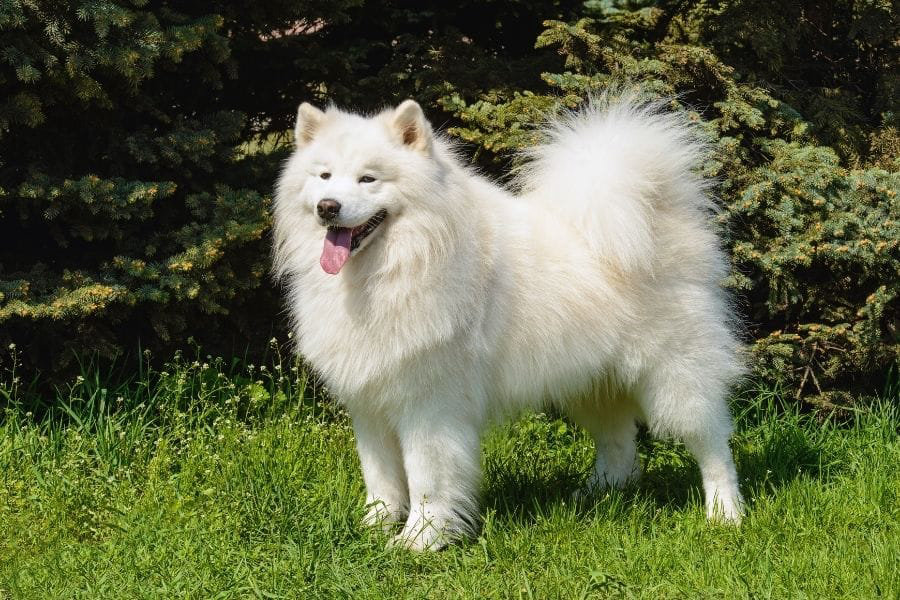
Top 1,000 Most Popular Dog Names
Looking for the perfect dog name for your new pup? We have created filterable lists of dog names from our database of hundreds of thousands of Sniffspot users. You can filter by gender, breed and state to find the most cute, unique and creative dog names.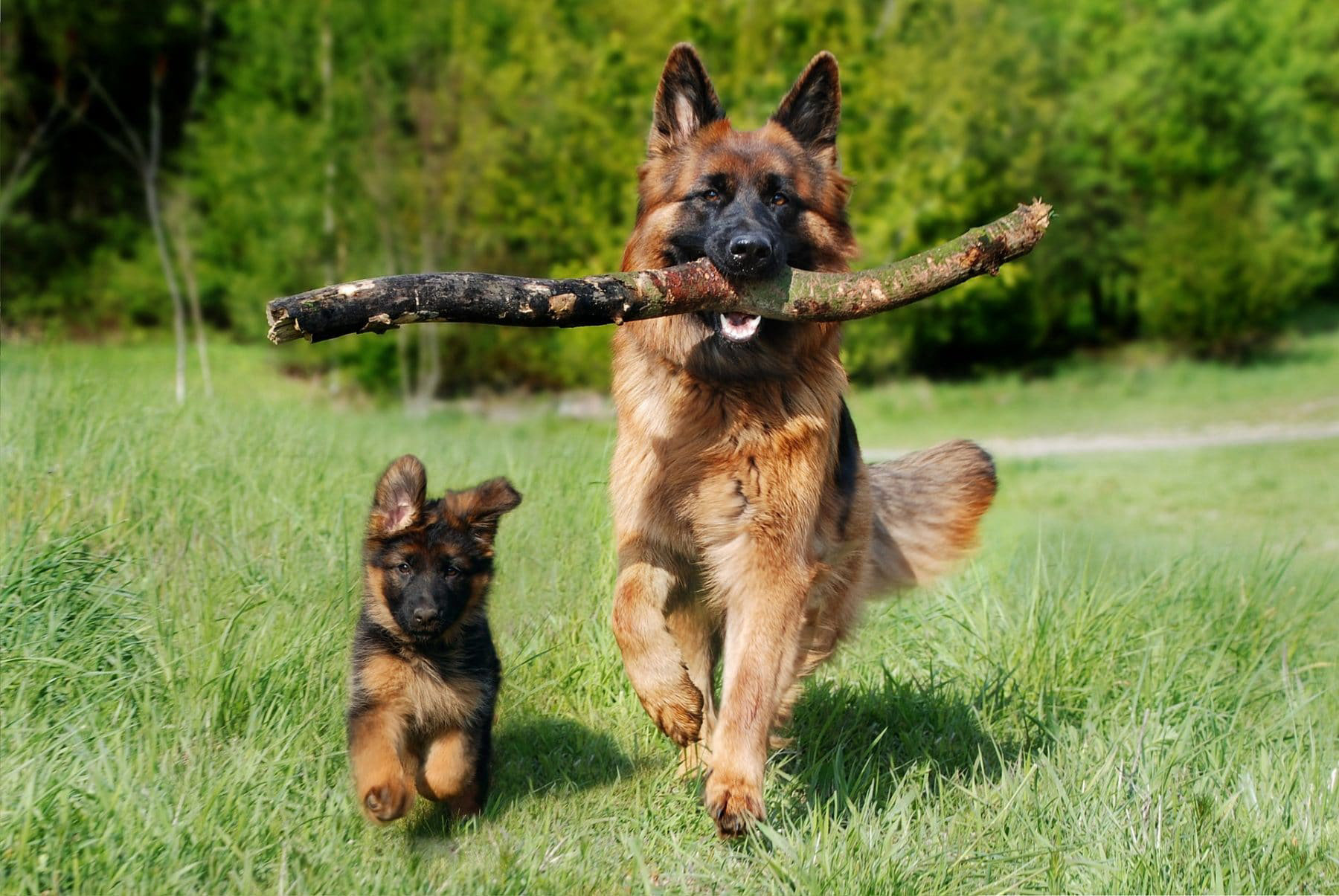
Most Popular Male Dog Names
Looking for the perfect dog name for your new male pup? We have created filterable lists of male dog names from our database of hundreds of thousands of Sniffspot users. You can filter by gender, breed and state to find the most cute, unique and creative male dog names.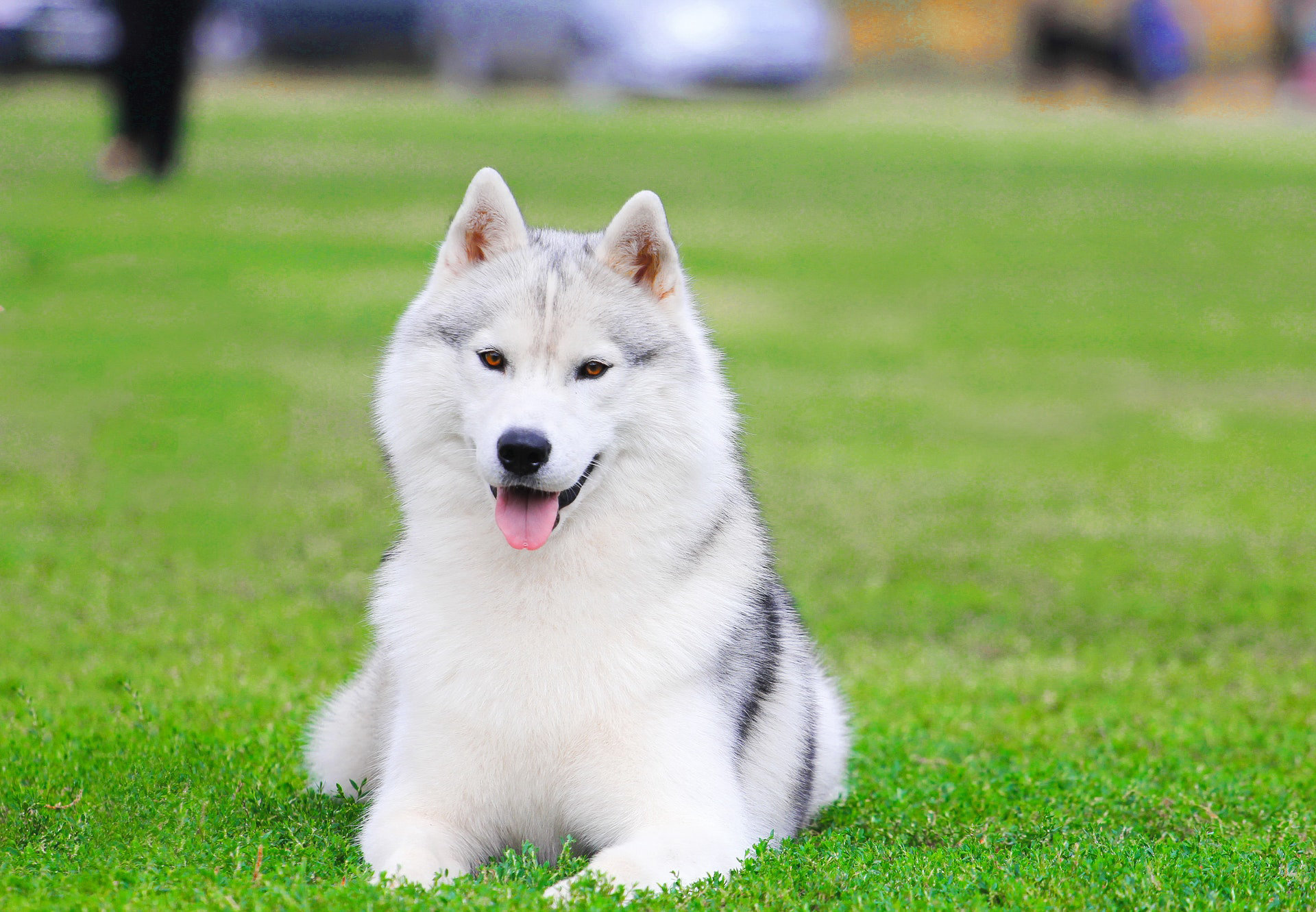
Most Popular Female Dog Names
Looking for the perfect dog name for your new female pup? We have created filterable lists of female dog names from our database of hundreds of thousands of Sniffspot users. You can filter by gender, breed and state to find the most cute, unique and creative female dog names.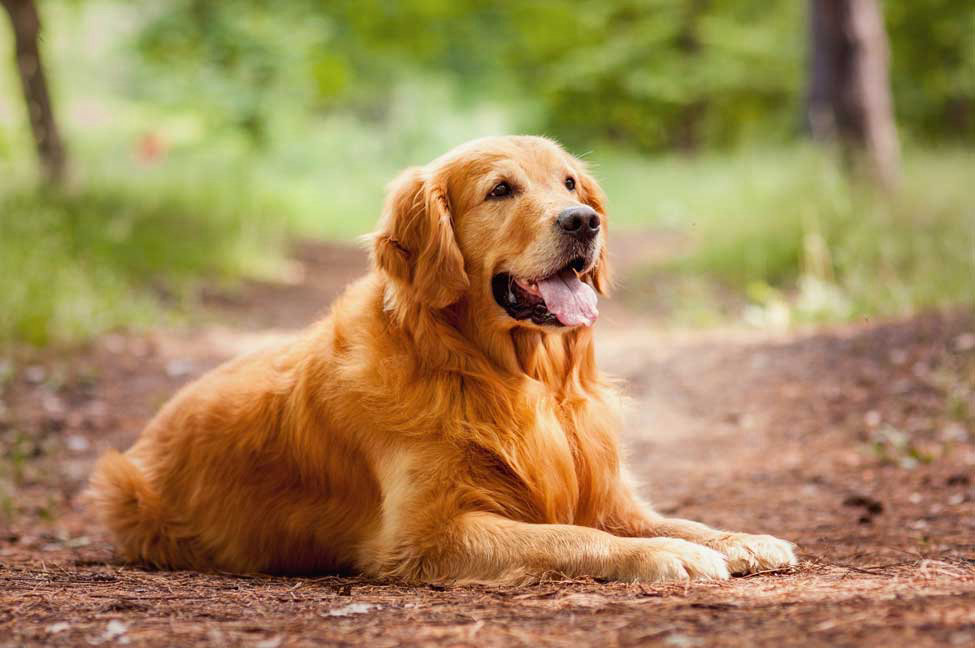
Most Popular Golden Retriever Names
Welcome to our comprehensive list of Golden Retriever dog names, curated from our vast database of Sniffspot users. Filter through hundreds of thousands of options by gender, breed, and state to discover the most adorable, original, and imaginative names for your beloved Golden Retriever.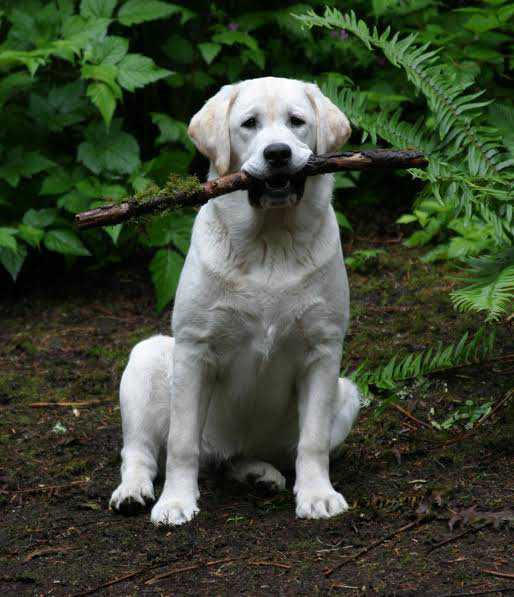
Most Popular Labrador Retriever Names
Welcome to our Labrador Retriever dog names page! Here you can browse through filterable lists of names for your beloved furry friend, ranging from cute and classic to unique and creative options. Our database of hundreds of thousands of Sniffspot users ensures you'll find the perfect name for your Labrador Retriever, whether you're seeking a name for a male or female, based on breed or state.
Top dog rescues in the US

The Best Washington Dog Rescues & Shelters in 2024
This list showcases the top dog rescues & shelters in Washington. These remarkable organizations have been recognized for their unwavering dedication to the well-being of countless dogs.
The Best Oregon Dog Rescues & Shelters in 2024
This list showcases the top dog rescues & shelters in Oregon. These remarkable organizations have been recognized for their unwavering dedication to the well-being of countless dogs.
The Best California Dog Rescues & Shelters in 2024
This list showcases the top dog rescues & shelters in California. These remarkable organizations have been recognized for their unwavering dedication to the well-being of countless dogs.
The Best Florida Dog Rescues & Shelters in 2024
This list showcases the top dog rescues & shelters in Florida. These remarkable organizations have been recognized for their unwavering dedication to the well-being of countless dogs.
The Best New York Dog Rescues & Shelters in 2024
This list showcases the top dog rescues & shelters in New York. These remarkable organizations have been recognized for their unwavering dedication to the well-being of countless dogs.





























